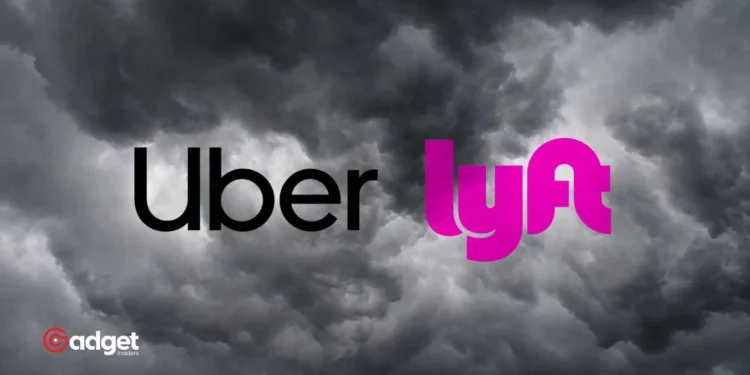In a pivotal move that marks a significant shift for gig economy workers in Minnesota, state legislators have successfully brokered a deal with ridesharing giants Uber and Lyft, ensuring that drivers will see increased wages without the companies exiting the Minneapolis market. This development follows a tense showdown that highlighted the ongoing debate over fair compensation in the gig economy.
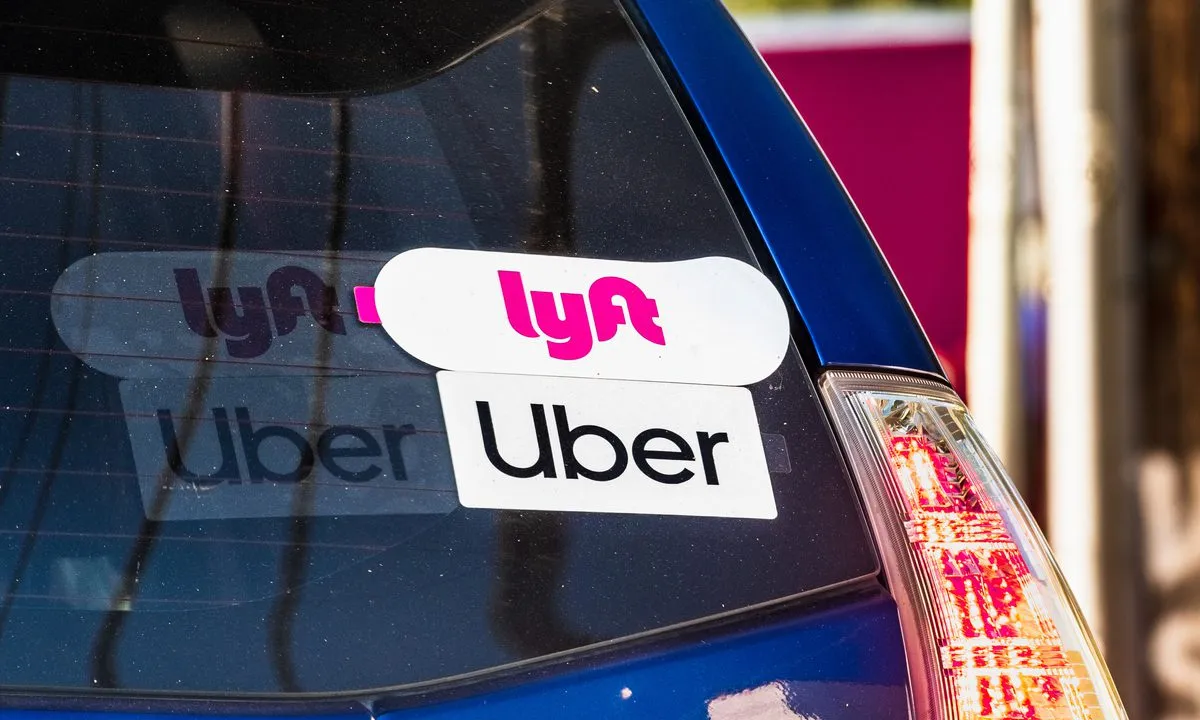
A Legislative Compromise Steers Clear of Conflict
Uber and Lyft, which had previously threatened to discontinue their services in Minneapolis following a city council decision to impose higher minimum pay rates, have decided to remain operational statewide. This decision comes in the wake of a new bill that proposes a compromise on driver wages—rates that are substantially lower than those previously mandated by the city.
The coming price increases may hurt riders and drivers alike, but we will be able to continue to operate across the State under the compromise brokered by the Governor,
said Josh Gold, a spokesperson for Uber, in an email to Gizmodo.
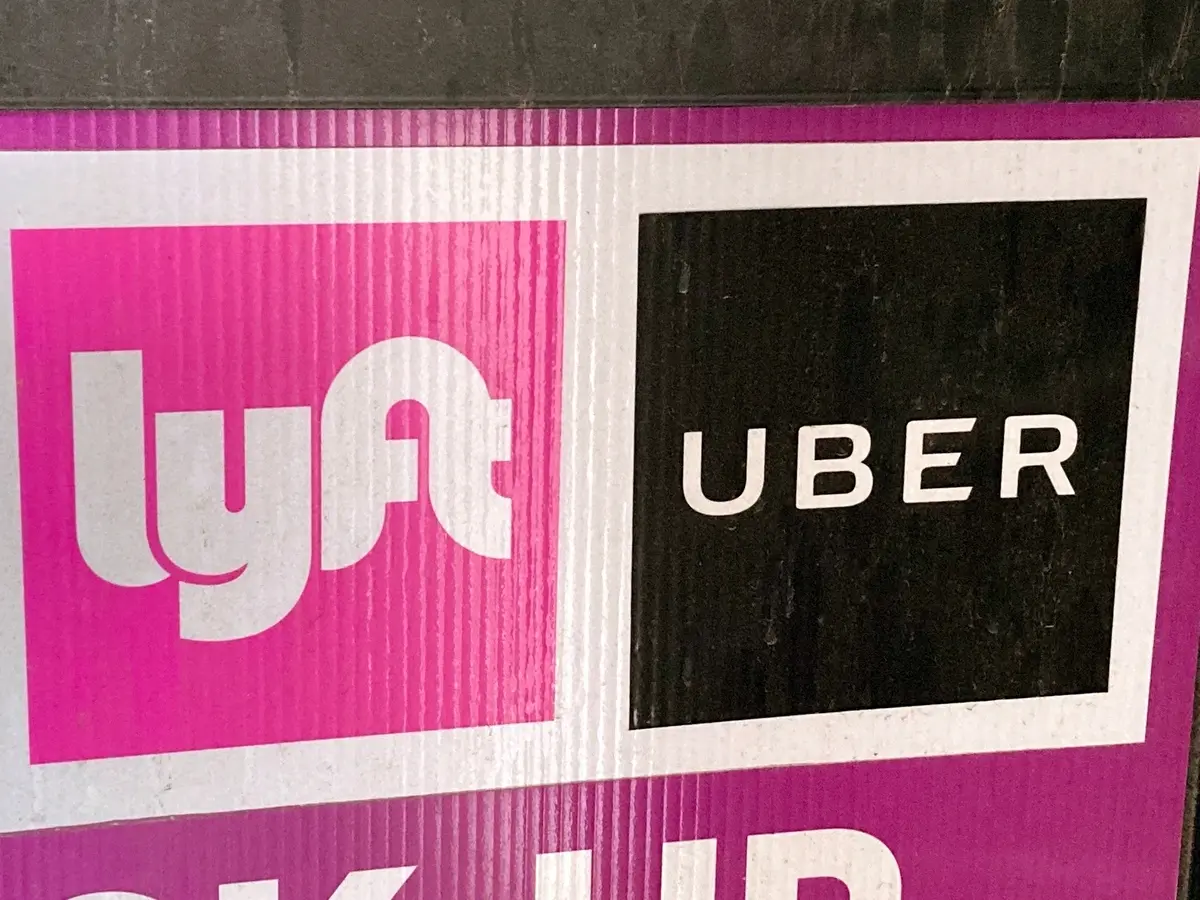
Details of the New Wage Legislation
The Minnesota legislation, which is poised for approval by Governor Tim Walz, sets new minimum pay rates at $1.28 per mile and $0.31 per minute—significantly lower than Minneapolis’ previously set rates of $1.40 per mile and $0.51 per minute. Despite the reduction, this law is set to bolster driver earnings by 20%, alongside enhancing job security and providing stronger protections.
It was Uber and Lyft versus MULDA and MULDA won,
Senator Omar Fateh, a key proponent of the bill, shared his enthusiasm on social media, noting that the drivers’ association, MULDA, played a crucial role in achieving these changes.
A Sustainable Model for the Future?
Starting January 1, 2025, the bill ensures that Minneapolis drivers will earn the city’s minimum wage of $15.75, after accounting for vehicle expenses and taxes. This adjustment not only promises a better standard of living for drivers but also introduces increased insurance coverage for those injured on the job and safeguards against unfair account deactivations.
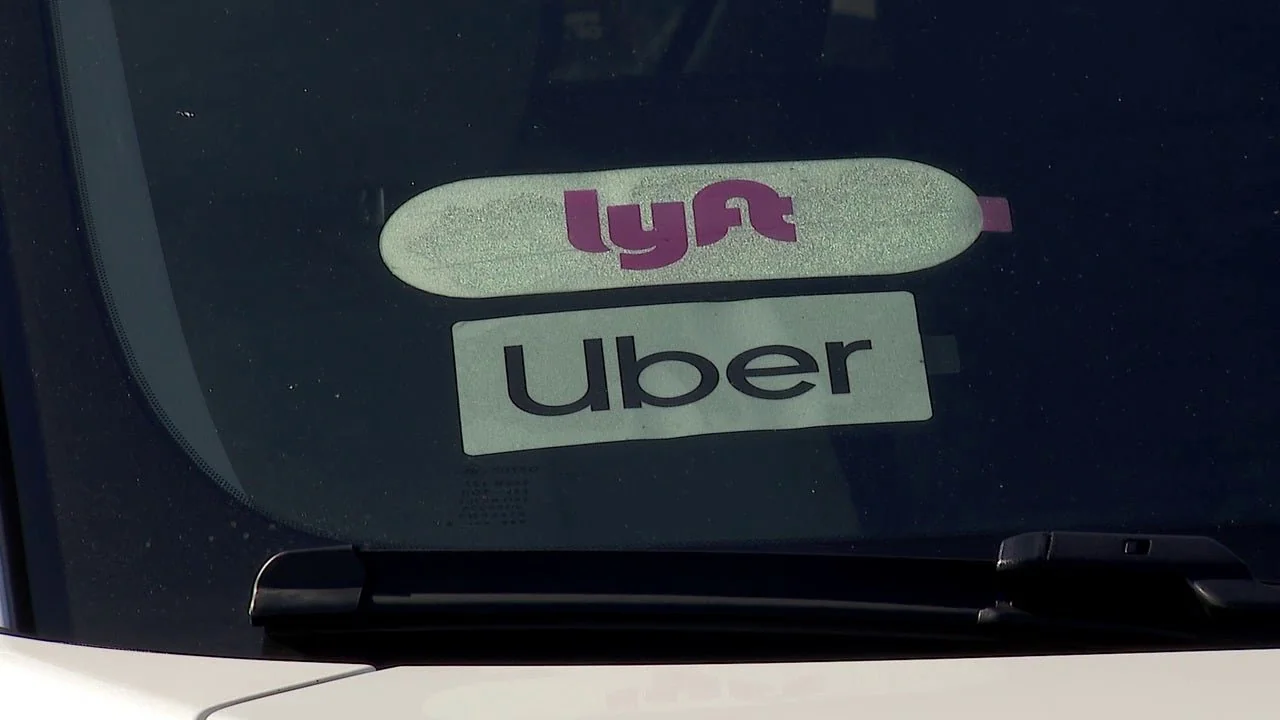
Despite these positive changes, the debate over the economic impact on riders and the overall sustainability of such wage increases continues. Lyft and Uber have both expressed concerns in the past that higher operating costs could lead to increased fares for customers, potentially diminishing service accessibility and negatively affecting both riders and drivers.
This narrative is not new in the gig economy; similar wage disputes have occurred in places like New York, where delivery drivers achieved wage increases only for companies like Uber and DoorDash to counterbalance these costs with additional fees for customers. These measures often complicate the tipping process, posing new challenges for consumers.
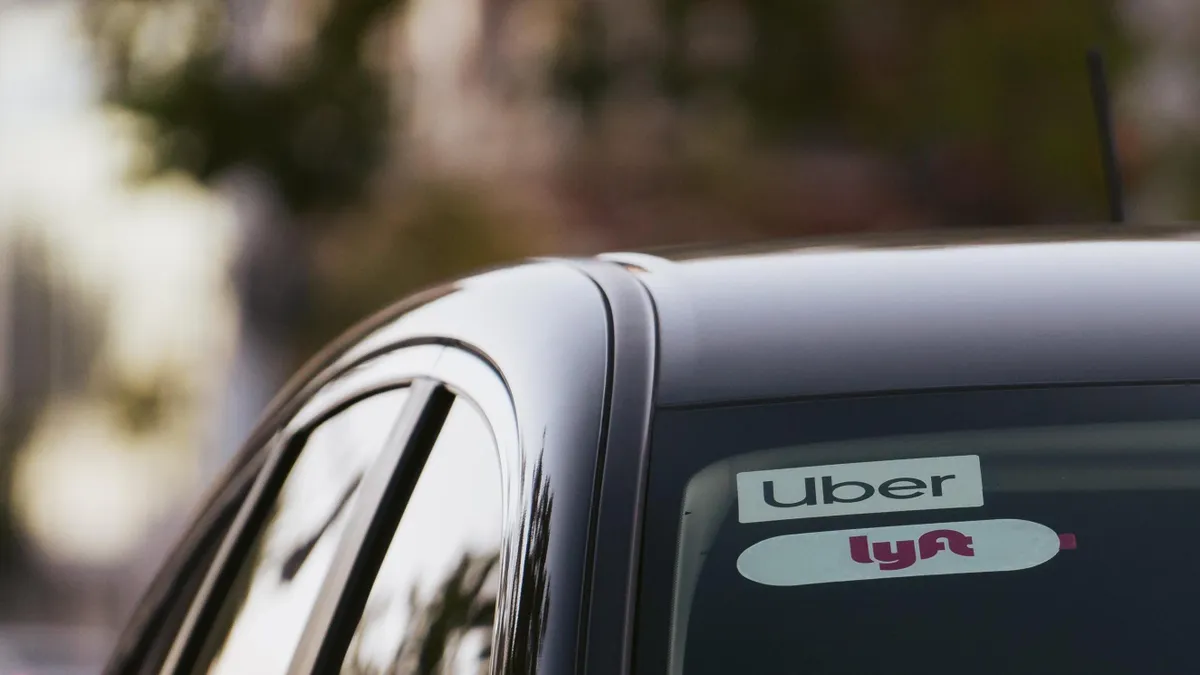
Minnesota’s Gig Worker Wage Solution: A Balanced Approach
Minnesota’s approach to resolving the wage dispute with Uber and Lyft may serve as a model for other cities grappling with similar issues. By engaging directly with all stakeholders, the state has crafted a legislation that supports drivers’ needs while maintaining the operational viability of ridesharing services. This delicate balance reflects the complex interplay between fair compensation for gig workers and the economic realities of providing widespread, affordable transportation options.
As this new wage law takes effect, it will be crucial to monitor its impact on the gig economy’s ecosystem, assessing whether it can truly provide a sustainable solution that benefits drivers, companies, and riders alike.

